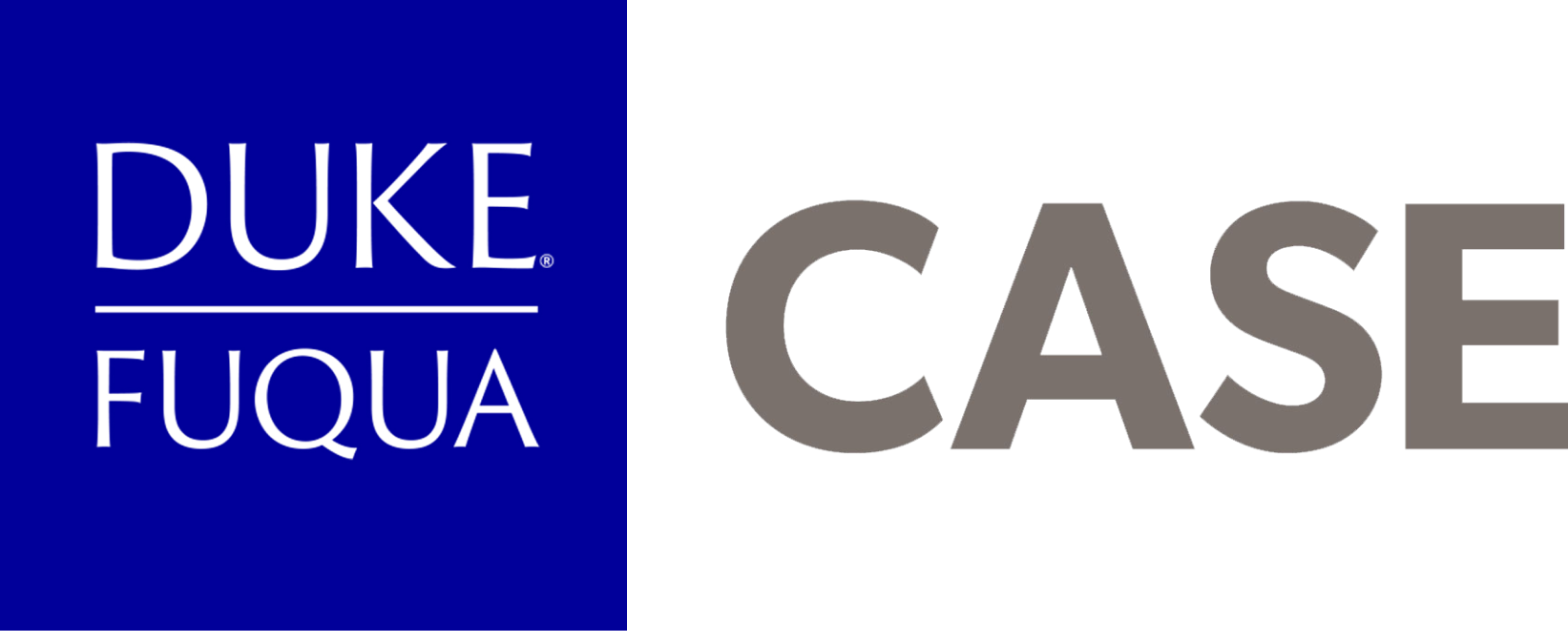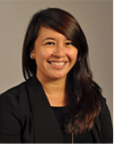
This post was written by Anna Moran, Duke Daytime MBA student. Before coming to Fuqua, Anna worked with the Center for Global Development in Washington DC as an Institutional Advancement Officer, managing relationships with Fortune 500 companies around their corporate social responsibility efforts. Anna grew up in the Philippines and Thailand, and remains passionate about promoting economic development, private sector growth, and environmental sustainability in developing countries.
May 2018
“Talent is a challenge for every organization. What we had to hire for 10-15 years ago is not the same as what we have to hire for today.”
In April, I was fortunate enough to meet Lorraine Orr, the Chief Operating Officer of the Boys & Girls Clubs of America (BGCA), for a private lunch with CASE students and a public event later that day. Boys & Girls Clubs is an incredibly complex organization and movement – from the national headquarters in Atlanta, Lorraine and her team support more than 1,100 independent and locally governed member organizations which in turn operate more than 4,400 Clubs across the United States and on military installations around the world. Through this federated model, the Boys & Girls Clubs movement has 61,000 employees, 26,000 Board members, over 250,000 volunteers, and serve more than 4 million youth annually!
As a senior leader of this more than 150-year-old institution, overseeing day-to-day operations should be one of the most challenging jobs in the world. However, Lorraine makes it look tremendously rewarding (and fun!)—especially with a personal mission that is as inspirational as “helping young people chase the American dream.”
With a 31-year old career at the Boys and Girls Clubs (which includes being CEO of a local chapter at 25), Lorraine had a wealth of knowledge to share. Topics ranged from BGCA’s big-picture strategies (for example, efforts to reach more youth by creating an online Boys and Girls Club experience) to day-to-day operations. Three of my favorite takeaways from my interaction with Lorraine were:
Finding the right people is hard!
One of the most significant challenges Lorraine faces as COO is identifying, recruiting, and developing top talent, which could range from a summer program volunteer to the CEO of a local chapter. When your staff have the power to pave the way for success (or failure!) in a young person’s life, it is critical to recruit the best people at every level. In one example, Lorraine talked about a member organization that had been struggling in part due to leadership.
Not only is talent acquisition crucial, but offering opportunities to grow within the organization can also make all the difference—as evidenced by Lorraine herself, who started her career the day after her senior year of college as an athletics program manager in her local BGCA. Lorraine and her team spend a significant amount of time thinking about how to develop leadership competencies (both skills and behaviors) through performance management, talent development, and succession planning. Lorraine spoke of people as the biggest challenge that she faces in her work as well as the source of her greatest inspiration.
Big data is possible in a mission-driven organization.
According to Lorraine, the BGCA owns more metrics on youth outcomes than the Center for Disease Control and Prevention—which is an invaluable asset to own. The data can teach us that simple practices like calling a child by name or setting expectations (“I’m excited to see you graduate”) can increase their chances of graduating high school by 40% and reduce getting involved in drugs and underage alcohol by 30%.
The BGCA collects this data through a survey started during their internal National Youth Outcomes Initiative (NYOI), which launched in 2011. This initiative has children from B & G Clubs fill out the survey to benchmark impact, support advocacy, and drive resource development, while also providing key insights into creating a positive club experience and outcomes for club members.
If we apply the same quantitative rigor in mission-driven organizations like the BGCA, we could drastically enhance the social impact space.
M&A in non-profits can be beneficial.
A big challenge with the non-profit sector is redundancy; another organization down the road may have a similar mission and compete for the same volunteers, grants, and employees (inevitably doing more harm than good). The BGCA found this to be an issue within their own organization. One example Lorraine shared was of Los Angeles county where they had 27 member organizations serving overlapping populations. By consolidating their LA area chapters to 18, they were able to reduce costs while improving efficiencies and doubling club activity. However, M&A in such organizations can be tricky because some groups outperform in fundraising, program activity, and overall quality, while others are hurting. It is important to remember this when analyzing the data, an over-performing club that merges with an under-performing club will not have the same attractive numbers as it did prior to the merge.
In her introduction, Lorraine said something that will resonate with many: “we have a responsibility to ensure all children inherit a world that is kind, accepting, and full of opportunity.” In an era that history may see as marred by varying degrees of racism, sexism, and classism, it is inspiring to know that there are people like Lorraine Orr and institutions like the BGCA who are still fighting for a better tomorrow.
About the Author
Anna Moran


